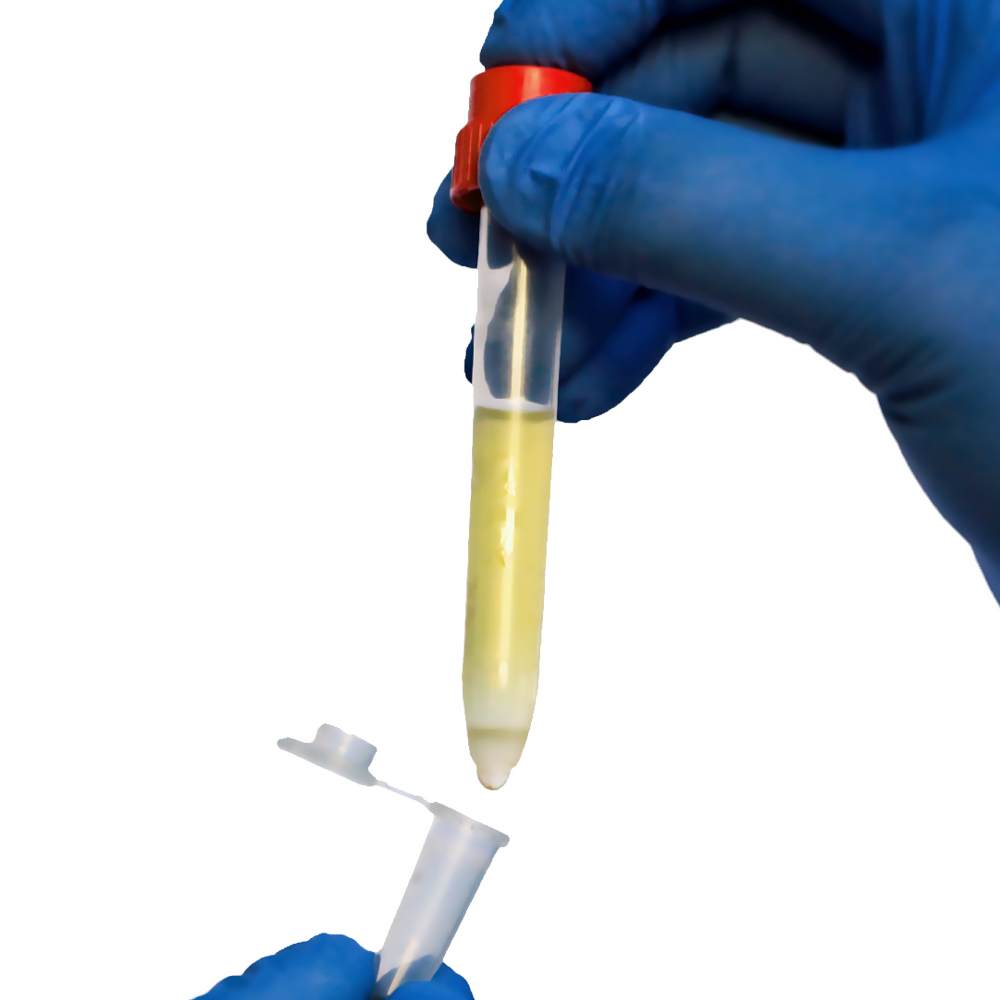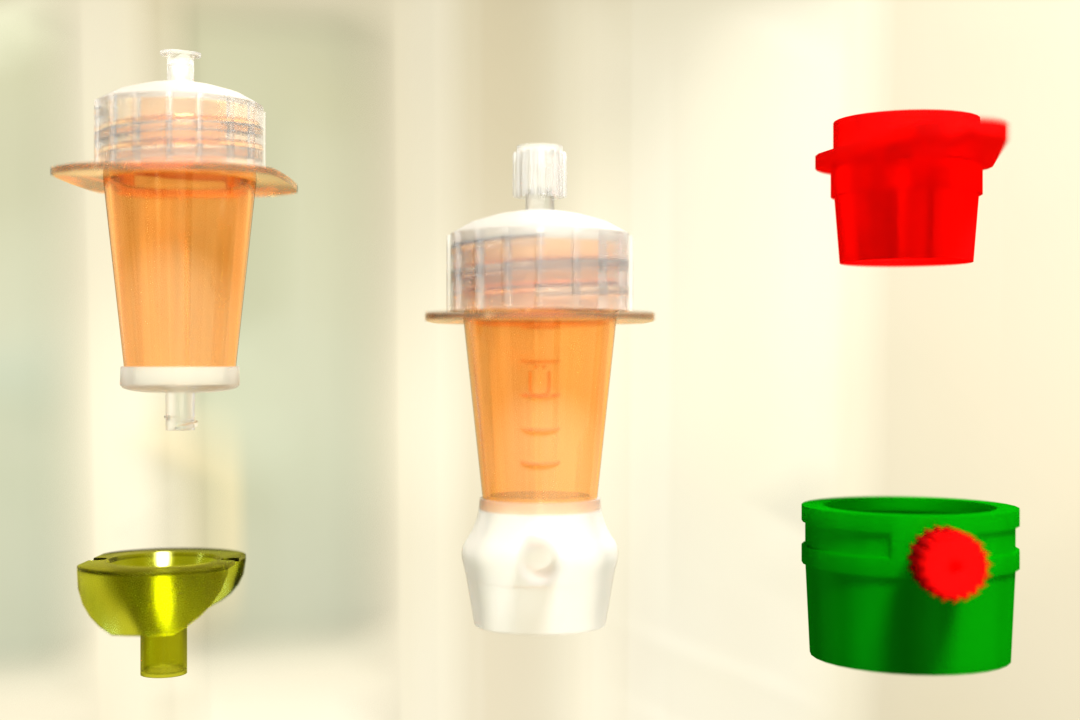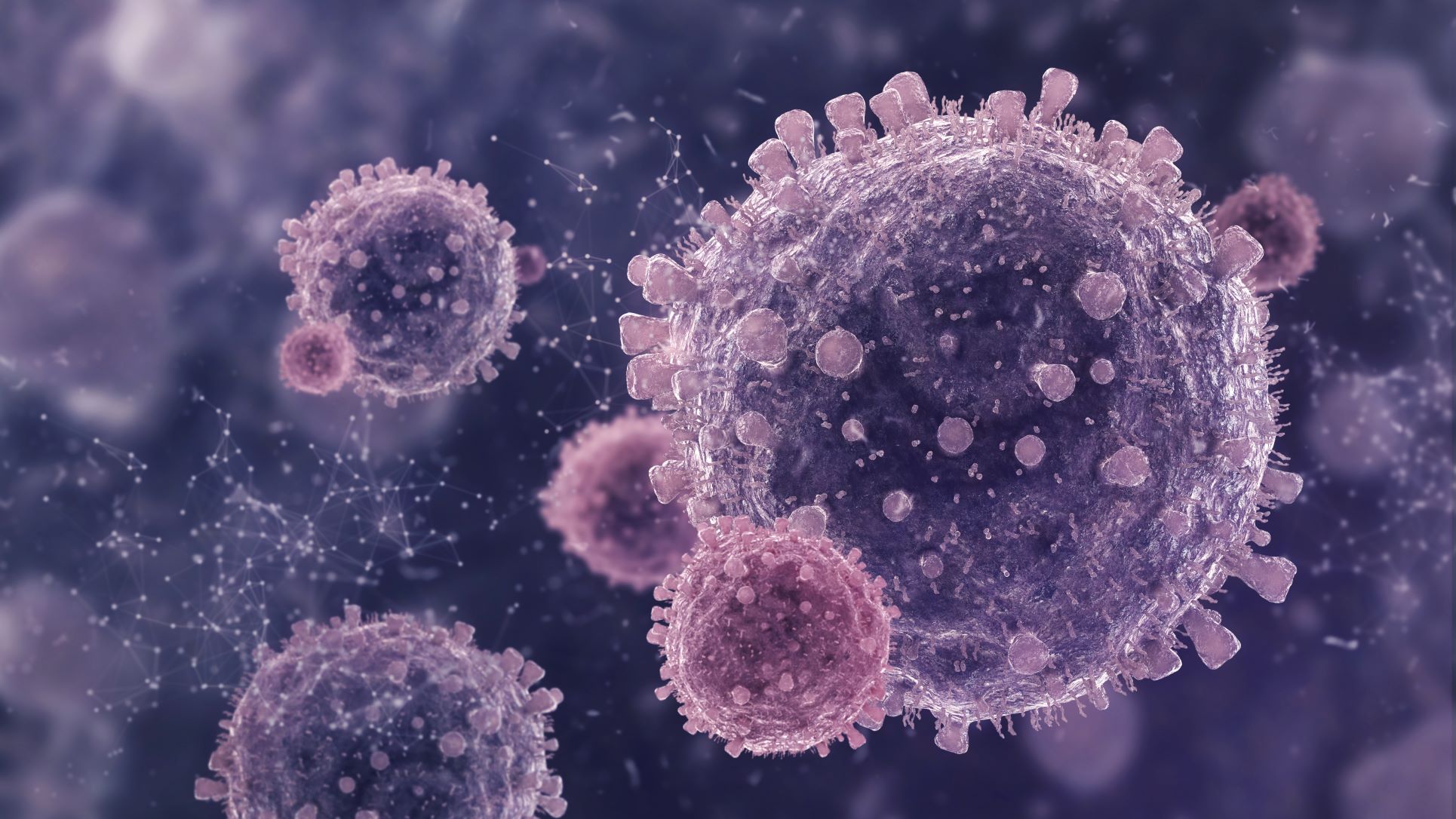Cell strainers are crucial tools for flow cytometry experiments. Using the correct strainer size and following a simple protocol can ensure a uniform, homogeneous sample for optimal performance and reproducibility.
If you’re a researcher or a scientist involved in flow cytometry experiments, then you know that cell strainers are an indispensable tool. These small sieves, available in various sizes, shapes, and materials, help to remove unwanted cell debris, clumps, and aggregates from your samples, providing clean and uniform cells that yield more accurate and reproducible results.
In this blog post, we’ll explore the significance of lab cell strainers, their applications, and cascade straining technologies, and provide a detailed guide on how to use them correctly for optimal performance.
Flow cytometry is a powerful analytical tool that allows researchers to quantify and analyze cells and particles based on their physical and chemical properties. However, the accuracy and sensitivity of flow cytometry results depend on the quality of the sample preparation. Inadequate sample preparation can lead to inaccurate measurements, false positives, or negatives, and result in data loss or erroneous conclusions.
The primary purpose of using a cell strainer for flow cytometry is to remove unwanted cell debris, aggregates, and clumps that can clog the flow cytometer’s nozzle or interfere with laser detection. These impurities can cause high background noise, false events, or even damage to the instrument. By using a cell strainer, you ensure that your sample is uniform, homogeneous, and free of cell clumps or debris that can distort your results.
How To Use A Cell Strainer For Flow Cytometry?
Using a cell strainer for flow cytometry is a straightforward process that requires minimal equipment and training. Here is a step-by-step protocol on how to use a cell strainer correctly:
Step 1: Choose the best strainer
The first step in using a cell strainer is selecting the right one for your experiment. There are various sizes, shapes, and materials available, depending on the sample type, volume, and application. Sterile cell strainers are essential for experiments requiring aseptic conditions. The most commonly used cell strainer sizes for flow cytometry are 30µm, 40µm, and 70µm.
Step 2: Prepare your sample
Prepare your sample by dissociating or disaggregating the cells using appropriate cell strainer protocols, depending on the tissue type and cell morphology. Ensure that you have enough volume to fill the cell strainer without overflowing.
Step 3: Place the cell strainer on a collection tube
Place the cell strainer on top of a sterile collection tube or a centrifuge tube that fits the strainer’s size. Ensure that the strainer is firmly secured and does not wobble or move during the filtration process.
Step 4: Pour the sample through the strainer
Carefully pour the sample through the strainer using a pipette or a syringe, taking care not to overload the strainer or clog it. Use a plunger or a pestle to press the sample gently through the strainer mesh, if necessary.
Step 5: Collect the filtrate
Collect the filtrate in the collection tube by gently tapping or pressing the strainer’s rim with a pipette. Ensure that you collect all the filtrate by washing the strainer with a buffer or medium if required.
Step 6: Discard the strainer and process the filtrate
Discard the cell strainer used in a waste container and process the filtrate according to your experimental protocol.
All-Star Strainer
We have a wide range of best Lab Cell Strainers to meet almost any requirement. The following are the various straining/filtration devices available:
Mini-Strainer
The Mini-Strainer has been specifically developed to work effectively with small sample volumes. Its distinctive construction enables it to fit onto various types of tubes, such as 1.5 ml/2.0 ml reaction tubes, 15 ml conical centrifuge tubes, as well as 24 and 48 well plates.
- Fills the gap for small sample volumes
- Autoclavable
- Centrifugable
- Sterile, bulk-packed
PluriStrainer
The pluriStrainer is a sterile filtration tool that is used to obtain authentic single-cell suspensions or eliminate clusters of cells. It is compatible with all 50 ml centrifuge (conical) tubes and has several characteristics.
- Available in 15 mesh sizes
- Low pressure compatible
- Stackable as cascade
- Centrifugable with Connector Ring
- Sterile, single-packed
ÜberStrainer
The Überstrainer is a sample preparation device that broadens the application of mesh-based tools in order to enhance the selection, separation, and isolation processes. Its adaptable design provides it with versatility and a variety of functions.
- Available in 15 mesh sizes
- Low pressure compatible
- Process unlimited amount of liquid
- Centrifugable
- Sterile, single-packed
Syringe Strainer
The strainer can be attached to a syringe or a tube using the screw cap and Luer-Lock adaptor, which functions effectively under either positive or negative pressure.
- Available in 15 mesh sizes
- Sterile and non-sterile varieties
Membrane Strainer
Membrane filters possess a clearly defined exclusion limit for pore size (offered with options of 1, 3, 5, and 8 μm pores), which enables accurate filtration and identification of minute particles.
- Non-hygroscopic membrane
- Low non-specific protein binding
- Biologically inert, non-cytotoxic
- Excellent chemical and temperature resistance
Steel Basket-Strainer
Cell strainers equipped with stainless steel mesh of a fine grade are appropriate for 50 ml centrifuge tubes. They are highly recommended for procedures in which plastic cell strainers are not viable.
- Excellent mechanical stability of SS 316 steel
- Ideal for removing liquids from a permeable substance.
- Reusable
Re-Strainer (In-Line-Strainer)
The Re-Strainer features dual Luer-Lock adaptors and can be utilized as an in-line filter. Multiple Re-Strainers can be linked together to create a filter cascade.
- Available in 15 mesh sizes
- 6 ml recovery reservoir
- Two female Luer-lock-ports
- The housing material is LD-PE (Low-Density Polyethylene)
- Withstand pressure up to 3.5 kg/cm2
Conclusion
In summary, lab cell strainers are essential tools for flow cytometry experiments that require optimal sample preparation. By using the right cell strainer and proper cascade straining technologies for your experiment and following the correct protocol, you can ensure that your sample is free of impurities and yields accurate and reproducible results.
Reference:
NCBI
BU EDU
 English
English French
French
 German
German
 Spanish
Spanish
 Belgium
Belgium
 Italian
Italian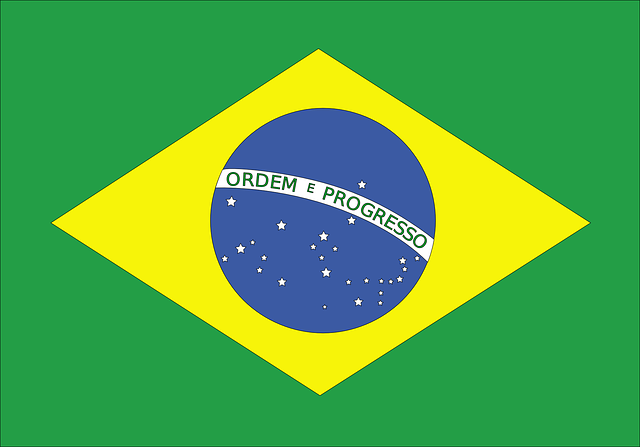 Brazil
Brazil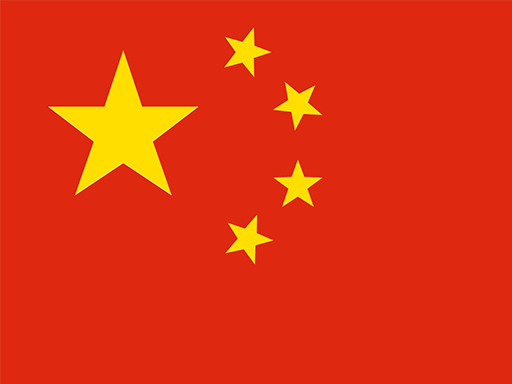 Chinese Mandarin
Chinese Mandarin
